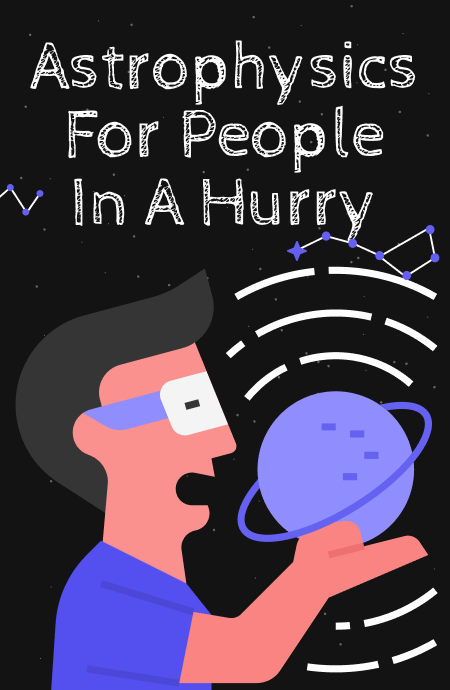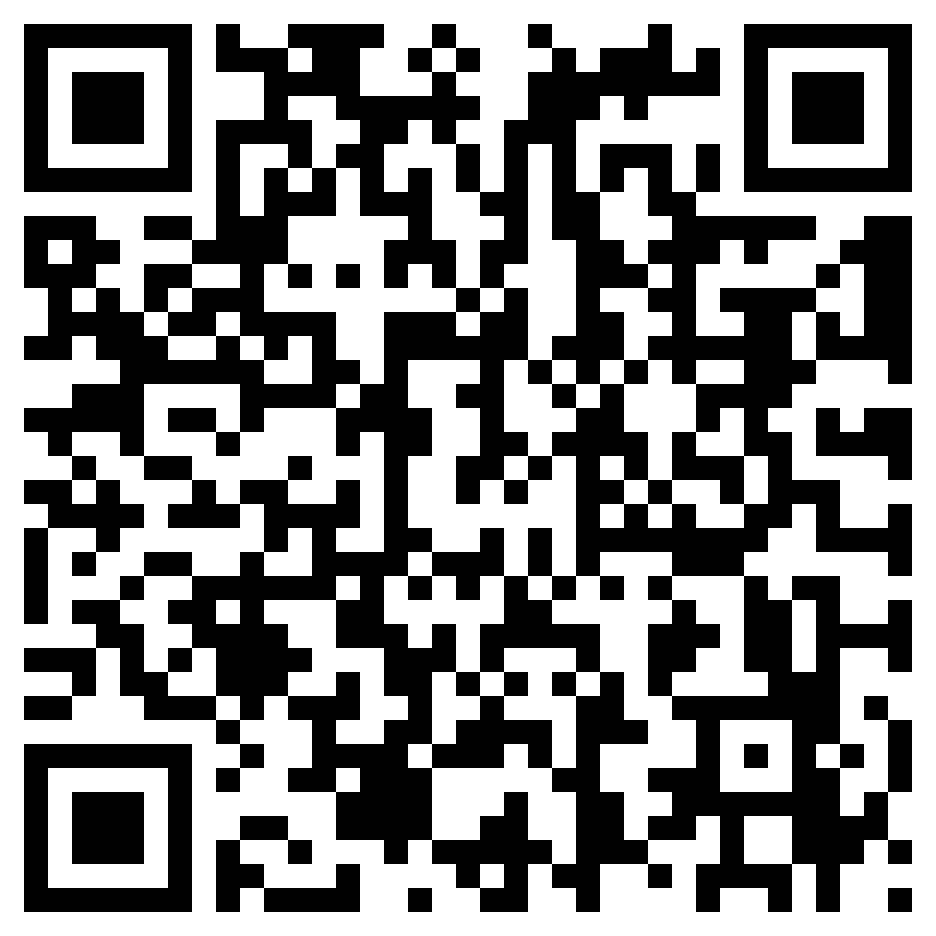Lesson 1- Where did it all begin?
Fourteen billion years ago, the space, the matter and the energy of the known universe were all compressed in a dot not visible to the naked eye. This sub-point size volume began to expand after what is known as the big bang which constitutes our universe today. Since then, a lot of things have happened in the universe. In 1916, Einstein put forward his theory of relativity which describes the curvature in the space-time continuum due to the interplay of gravity and mass and energy. In the 1920s, quantum mechanics was discovered which describes molecules, atoms and sub-atomic particles. German physicist, Max Planck is regarded as the father of quantum mechanics.
There is a clash between the theory of gravity and the theory of quantum mechanics. However, such a clash does not lead to practical problems as astrophysicists apply the tenets and tools of general relativity and quantum mechanics to very different classes of problems.
As the universe aged, it continued to expand, the unified forces split into the “electroweak” and the “strong nuclear” forces. Later, the electroweak force split into the electromagnetic and the “weak nuclear” forces, giving rise to the four distinct forces:
- The weak force controlling radioactive decay,
- The strong force binding the atomic nucleus,
- The electromagnetic force binding molecules, and,
- Gravity binding bulk matter.
The initial phase of expansion of the universe was marked by the interplay of matter in the form of subatomic particles and energy in the form of photons. The universe was hot enough for these photons to spontaneously convert their energy into matter-antimatter particle pairs, which immediately thereafter annihilate, returning their energy to photons. Gradually as time passed, the universe began to cool down and new dense and cloudy particles called hadrons were forming. As the universe continued to cool, the amount of energy available for the spontaneous creation of basic particles dropped. The photons no longer converted energy into other forms. By now, only a second of time had passed. Over time, stars formed through thermonuclear fusion, and the galaxies, solar systems, the Sun, planets, Earth all came into existence.
The universe had a beginning and it has continued to evolve. From an inorganic particle soup, the molecules transitioned to organic self-replicating life forms. From single-celled organisms to human beings, the pinnacle of evolution. Yet, life is fragile – 65 million years ago an asteroid hit Earth, which obliterated 70 percent of Earth’s life forms.
Compared to the vastness of the Universe,
Unlock Knowledge with Wizdom App
Explore a world of insights and wisdom at your fingertips with the Wizdom app.
 1 Million+ App Download
1 Million+ App Download  4.9App Store Rating
4.9App Store Rating 5000+Summaries & Podcasts
5000+Summaries & Podcasts



